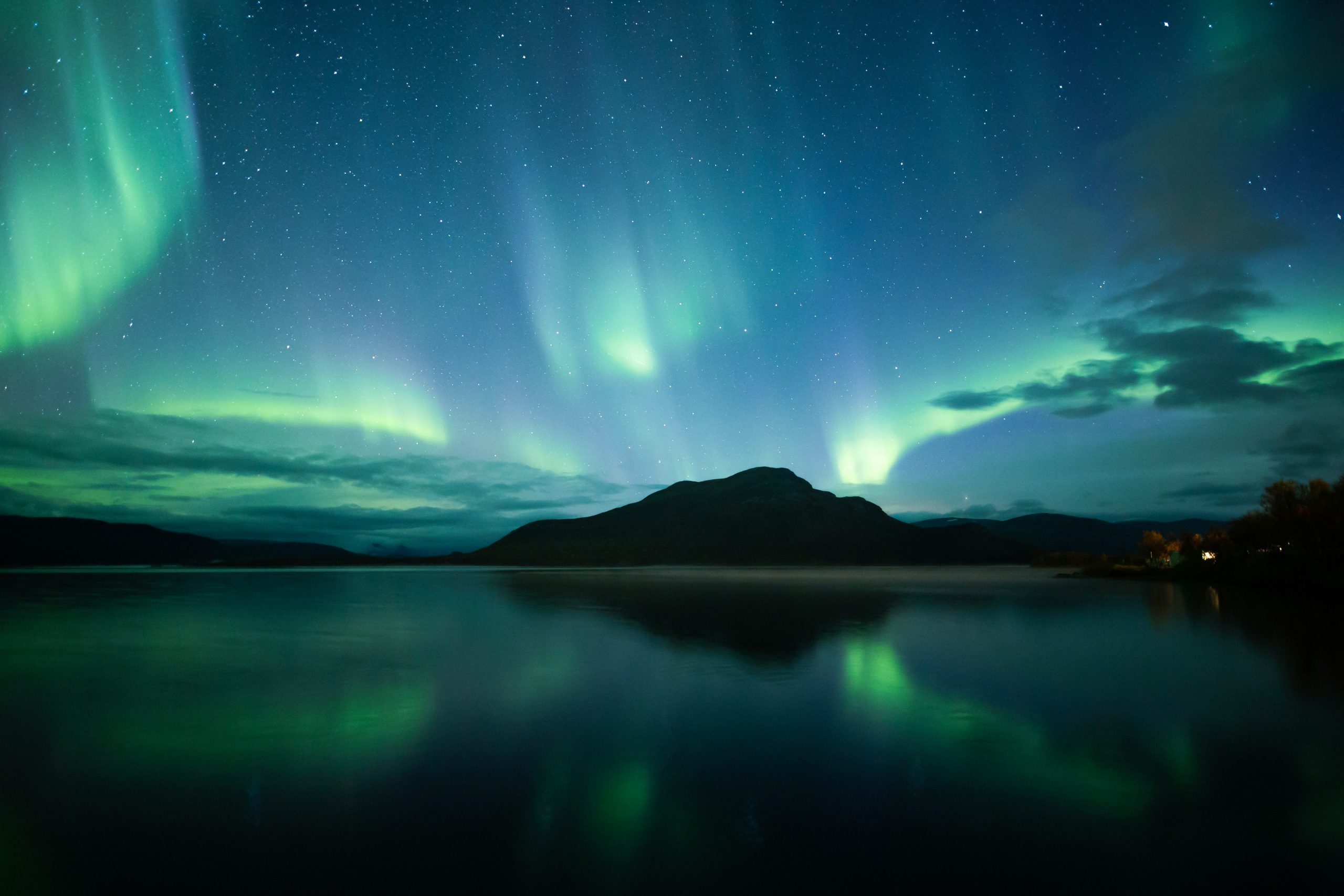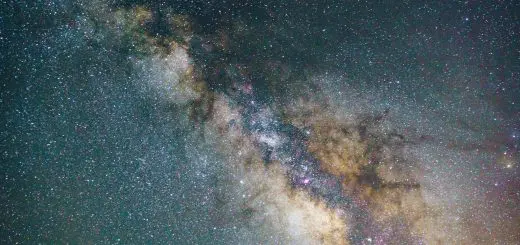What Are the Origins of Christmas Carols and Songs?

Looking for more amazing products? Check out our online store and explore our collection here! Happy shopping!
Before diving in, please note: This post is for informational purposes only. If you’d like to know more about how we approach topics, feel free to check out our friendly Disclaimer Page.
Hey there, amazing readers! 
We’re committed to delivering quality posts, and your support (even just sticking around despite the ads) means everything to us. So, bear with us, and thanks for helping us keep the good vibes rolling. Now, on to the fun stuff!
TRANSLATE BUTTON AT THE END OF THE ARTICLE
Introduction
Christmas carols and songs are an integral part of the holiday season, filling the air with joy, nostalgia, and festive cheer.
But have you ever wondered where these beloved tunes come from?
The origins of Christmas carols and songs are as rich and varied as the melodies themselves.
This article explores the history and evolution of Christmas music, tracing its journey from ancient times to the modern-day.
Early Beginnings
The Ancient Roots of Christmas Music
The tradition of singing during winter festivals can be traced back to ancient civilizations.
Early cultures celebrated the winter solstice with music, dance, and revelry, marking the return of longer days and the end of the dark winter months.
In ancient Rome, for example, the festival of Saturnalia involved singing and merrymaking.
Key Points:
Winter Solstice Festivals: Ancient celebrations featured music and dancing.
Saturnalia: A Roman festival with song and revelry.
The Birth of Christmas Carols
The term “carol” originally referred to a joyful song or dance, and it wasn’t specifically associated with Christmas.
The early carols were not exclusively religious; they often celebrated seasonal events and general merriment.
By the Middle Ages, however, carols began to be linked to Christmas celebrations.
The term “carol” evolved to denote songs specifically about the nativity and the Christmas season.
Key Points:
Early Carols: Originally secular songs and dances.
Medieval Times: Carols started to focus on Christmas themes.
Development in the Middle Ages
The Rise of Christmas Hymns
In the Middle Ages, Christmas hymns began to take shape.
These hymns were primarily in Latin and were sung in churches during Christmas services. “Adeste Fideles,” also known as “O Come, All Ye Faithful,” is one of the oldest surviving Christmas hymns from this period.
The medieval church played a significant role in shaping the music associated with Christmas.
Key Points:
Latin Hymns: Early Christmas hymns sung in churches.
“Adeste Fideles”: An example of a medieval Christmas hymn.
The Influence of Folk Music
Alongside church hymns, folk music played a significant role in the development of Christmas carols.
Folk carols were often passed down through oral tradition and included a wide range of songs about the nativity, the festive season, and the joy of Christmas.
These carols were sung in homes and public spaces, contributing to the rich tapestry of Christmas music.
Key Points:
Folk Tradition: Carols sung in homes and public spaces.
Oral Transmission: Folk carols were passed down through generations.
The Renaissance and Beyond
The Advent of Christmas Carols in English
During the Renaissance, Christmas carols began to appear in printed form.
The 16th and 17th centuries saw the publication of carol collections, making them more accessible to the general public. “The Christmas Carol,” published in 1521, is one of the earliest examples of a printed carol collection.
This period also saw the introduction of popular carols like “The First Noel” and “Hark!
The Herald Angels Sing.”
Key Points:
Printed Collections: Carols became widely accessible.
Popular Carols: “The First Noel” and “Hark!
The Herald Angels Sing.”
Victorian Influence
The Victorian era marked a significant revival of Christmas carols and songs.
Influential figures like Charles Dickens, with his classic “A Christmas Carol,” and composers like Arthur Sullivan and William Gilbert helped to popularize Christmas music.
Carols became more elaborate and were increasingly performed in public spaces, contributing to the modern Christmas music tradition.
Key Points:
Charles Dickens: Revived interest in Christmas traditions.
Public Performances: Carols became a central part of Christmas celebrations.
Modern Christmas Music
The Rise of Popular Christmas Songs
The 20th century brought a wave of new Christmas music, including popular and jazz-infused songs.
Classics such as “White Christmas” by Irving Berlin and “Jingle Bell Rock” by Bobby Helms became holiday staples.
The development of radio and television further popularized Christmas music, making it a permanent fixture of the holiday season.
Key Points:
Popular Songs: “White Christmas” and “Jingle Bell Rock.”
Media Influence: Radio and TV helped popularize Christmas music.
Global Influences
As Christmas became a global celebration, so did its music.
Different cultures began to incorporate their own traditions and styles into Christmas carols.
For example, Latin American countries have added vibrant rhythms to their Christmas music, while various countries in Europe have their own unique carols and traditions.
Key Points:
Global Traditions: Incorporation of diverse musical styles.
Cultural Influence: Unique carols from different countries.
Conclusion
The origins of Christmas carols and songs are a fascinating journey through history, from ancient winter festivals to modern-day holiday cheer.
Christmas music has evolved from early pagan celebrations and medieval hymns to the popular and diverse songs we enjoy today.
This evolution reflects the changing nature of the holiday itself and the ways in which different cultures and periods have contributed to the festive soundtrack of Christmas.
So, as you sing along to your favorite Christmas tunes this season, you’re participating in a rich and evolving tradition that has spanned centuries and continents.

The Enlightenment Journey is a remarkable collection of writings authored by a distinguished group of experts in the fields of spirituality, new age, and esoteric knowledge.
This anthology features a diverse assembly of well-experienced authors who bring their profound insights and credible perspectives to the forefront.
Each contributor possesses a wealth of knowledge and wisdom, making them authorities in their respective domains.
Together, they offer readers a transformative journey into the realms of spiritual growth, self-discovery, and esoteric enlightenment.
The Enlightenment Journey is a testament to the collective expertise of these luminaries, providing readers with a rich tapestry of ideas and information to illuminate their spiritual path.
Our Diverse Expertise
While our primary focus is on spirituality and esotericism, we are equally passionate about exploring a wide range of other topics and niches 

To ensure we provide the most accurate and valuable insights, we collaborate with trusted experts in their respective domains 
Our blog originally focused on spirituality and metaphysics, but we’ve since expanded to cover a wide range of niches. Don’t worry—we continue to publish a lot of articles on spirituality! Frequently visit our blog to explore our diverse content and stay tuned for more insightful reads.
Hey there, amazing reader! 
Check out our store here and take a peek at some of our featured products below! Thanks for being awesome!











